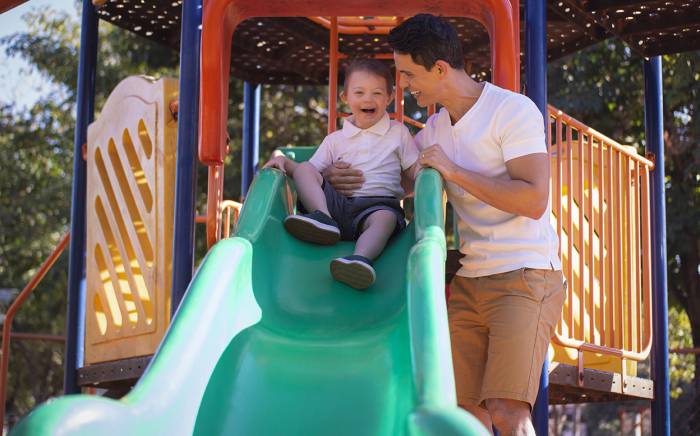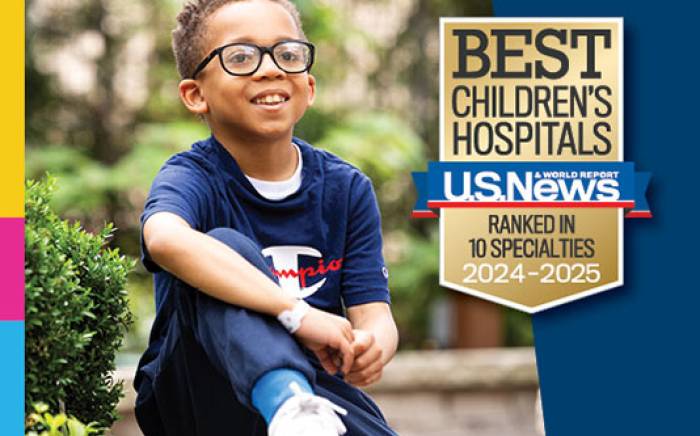Don’t let freezing temperatures stop you in your tracks.
Frost, ice and snow don’t have to stop you, your child or your family from staying active. Whether children are athletes competing in winter sports or they love to play outside, parents can help them acclimate to the winter without stopping the fun.
What Changes In Wintertime?
With the dip in temperature, it’s important for parents to keep their children safe from slipping on ice, getting too cold or becoming dehydrated.
“Conditions can be unsafe if it is icy or wet outside,” says Terra Blatnik, MD, pediatric orthopedic specialist at Washington University and St. Louis Children’s Young Athlete Center. “Make sure your child is wearing appropriate footwear and not running on surfaces that could be slippery.”
Dr. Blatnik also recommends making sure children dress appropriately for winter activities.
“You want your child to be warm but not get overheated,” Dr. Blatnik says. “Layering is good because it allows clothing to be removed based on the child’s level of activity.”
Dr. Blatnik recommends making sure children are comfortable with winter temperatures before they go play outside.
“If children are going outside, they should be just a little cold to start,” Dr. Blatnik says. “Otherwise, they will quickly get sweaty, which will cause children to get very cold. If kids are running or playing sports, the warm up should be slow so their muscles can get warm and be less likely to become injured.”
Paul Jenkins, PT, MSPT, coordinator for the Young Athlete Center, warns that dehydration is just as likely in the wintertime as it is in the summer.
“When children are active during the wintertime, their body temperature heats up, and they sweat more than you would expect,” Jenkins says. “Kids may not feel as thirsty as during the summer, so it’s important for them to take frequent water breaks.”
Safe in the Snow
“I think it’s important to keep kids active in the winter,” Jenkins says. “When cold temperatures have kids stuck indoors, outdoor recreational activities can be more challenging.”
Jenkins recommends making sure parents check the day’s forecast and limit the time children stay outside, and Dr. Blatnik recommends keeping a close watch on the temperature.
“Once the temperature drops below 20 degrees Fahrenheit, it’s time for the kids to come inside,” Dr. Blatnik says.
To schedule an appointment with the Young Athlete Center, call 314.454.KIDS (5437). For cold weather running tips from Dr. Blatnik, visit https://www.stlouischildrens.org/health-resources/pulse/cold-weather-running-tips-for-young-athletes.









